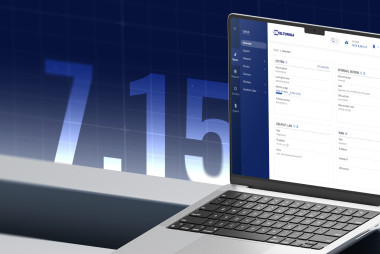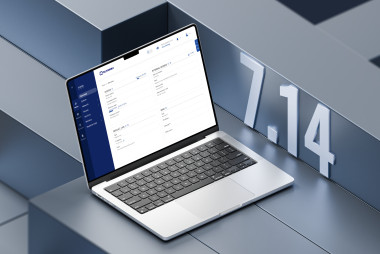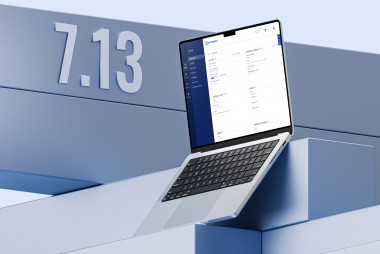KEY ADVANTAGES OF RutOS: EASY TO USE
#rutos
At Teltonika Networks, we mainly create industrial networking devices meant for professional application scenarios. Nonetheless, one of our goals is to make sure these products are easy to use for everybody, from highly experienced engineers to everyday consumers not having in-depth technical knowledge. The capability to offer products that do not require any special training to be used is one of our biggest competitive advantages, and we are pretty proud of it.
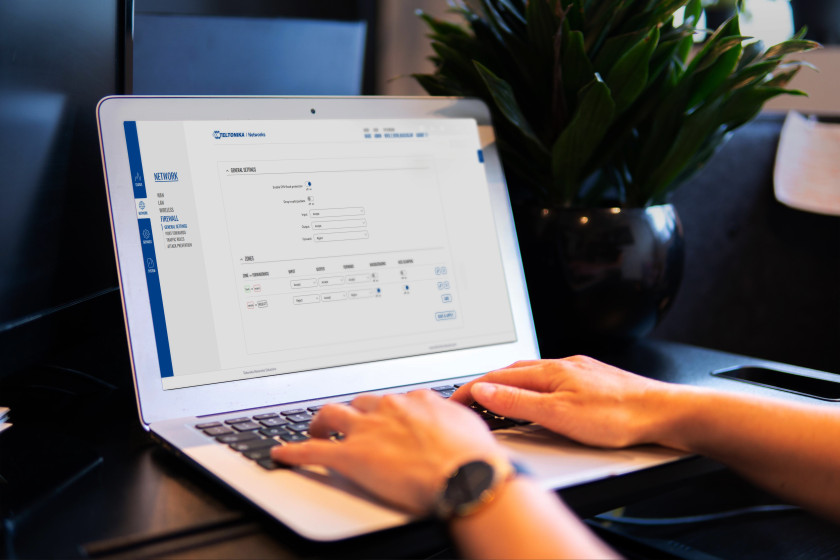
RutOS is a user-friendly web interface that can be used in a Basic or Advanced mode. The Basic one has more pre-configured features for selection and fewer editing options, hence less room for mistakes, and significantly reduced set up time. In a case where default rules do not suit your purposes, you can also configure custom rules in Advanced settings. As a result, when the Basic mode is selected, our devices can be configured without any special training. Separating these two modes allowed us to maintain broad functionality and full access to the complex features while offering simple configuration at the same time.
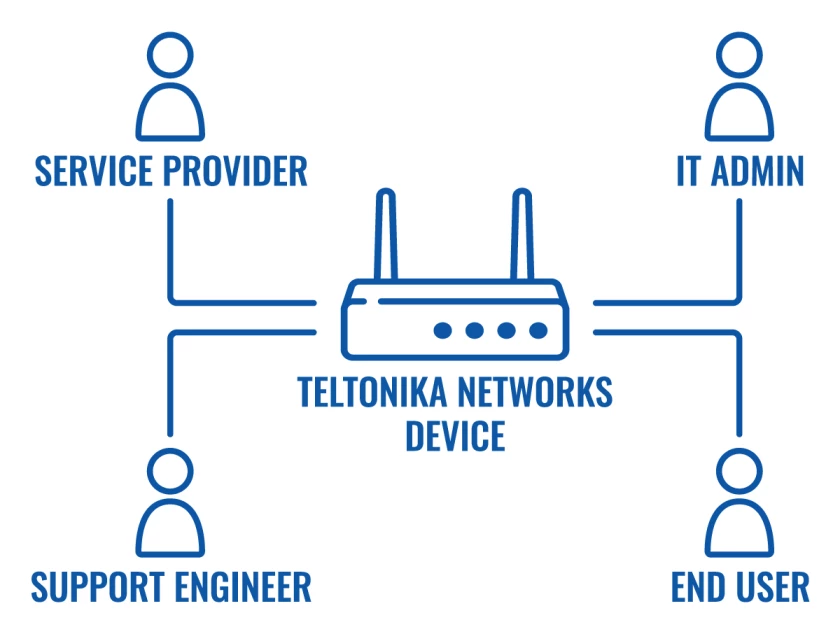
MULTI-USER
When developing RutOS, we had different users in mind, hence we made it functional with different access rights. The admin can make all necessary configurations and changes to the system, whereas the rest of the employees should find a read-only mode absolutely sufficient.
This functionality is also important when the router is supplied to an end-user by a reseller, like a network operator or a distributor. While they are responsible for any network connectivity configuration problems, they usually set-up different usage rights for various users.
CONFIGURATION PROFILES
Profiles provide a way to create multiple distinct device configuration sets and apply them to the router based on different user requirements. The configuration options are incredibly flexible and may be switched via SMS utilities, Inputs/Outputs, or Web Interface. There is also a possibility to set up a schedule of when the router should use one set or another via Profile Scheduler.
Different profiles may change the operation of the product completely at different times. They could be used to activate or deactivate SIM cards or change VPN and Firewall settings to adjust to various users and scenarios. For example, a specific profile might be scheduled to turn off the lighting, ventilation systems, or Wi-Fi outside of working hours in a public establishment, and this way save costs while requiring no human input.
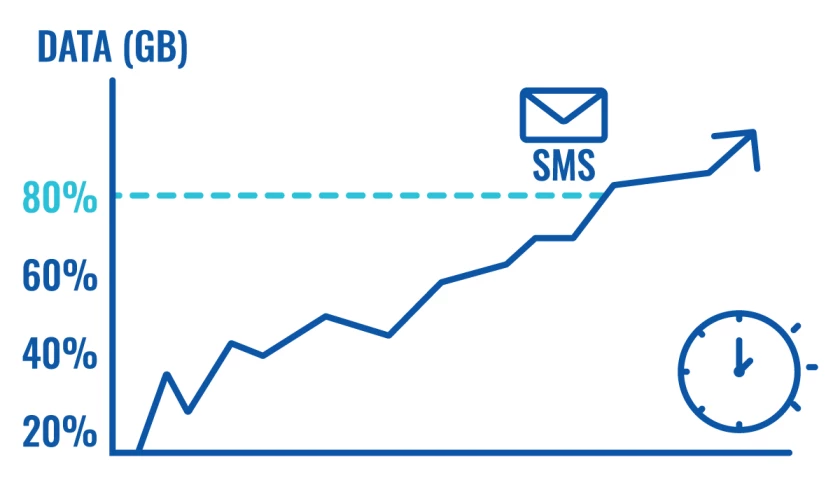
MOBILE DATA LIMITS
Mobile data limits and SMS warnings may also be set in RutOS for protection from unwanted data charges. Data limiters can be easily configured via Web Interface for the desired timeframe (a day, a week, or a month). SMS will be sent when 80% of the data is exhausted. Let’s say you wish to set up a data limit of 1 GB with the limit counter restarting every day at 10 AM. In such a case, an SMS warning will be sent when the 800 MB threshold is reached, and it will be reset every day at 10 AM. This may not seem like a huge advantage. However, missing this crucial step may potentially cost your business thousands of euros due to unexpectedly large data consumption that may be caused by a configuration error or simple human mistake.
AUTO APN
Most operators globally use APN values as a way to identify their client amongst myriad of cellular connections they manage. APN values allow operators to grant different services, such as Public IP address. However, when you have no assigned APN value, it is still required by some operators to establish connection once SIM is inserted into a device. RutOS offers automatic APN selection, where the router will choose the right APN value depending on the mobile operator – automatically! This enables zero-touch deployment and eliminates the need to provide special instructions for the end-users setting up a solution with Teltonika Networks gateways or routers.
FIRMWARE UPDATES
Firmware updates are essential and frequent. They are designed to adapt RutOS to ever-changing connectivity and security threat environment, as well as provide valuable functionality upgrades to existing products. However, a firmware update is as good as the mean to get it from our servers into a specific product. The FOTA tool allows updating multiple devices to the newest version of firmware with just one click of a button. Our Remote Management System (RMS) allows o managing and upgrade an infinite number of devices at once.
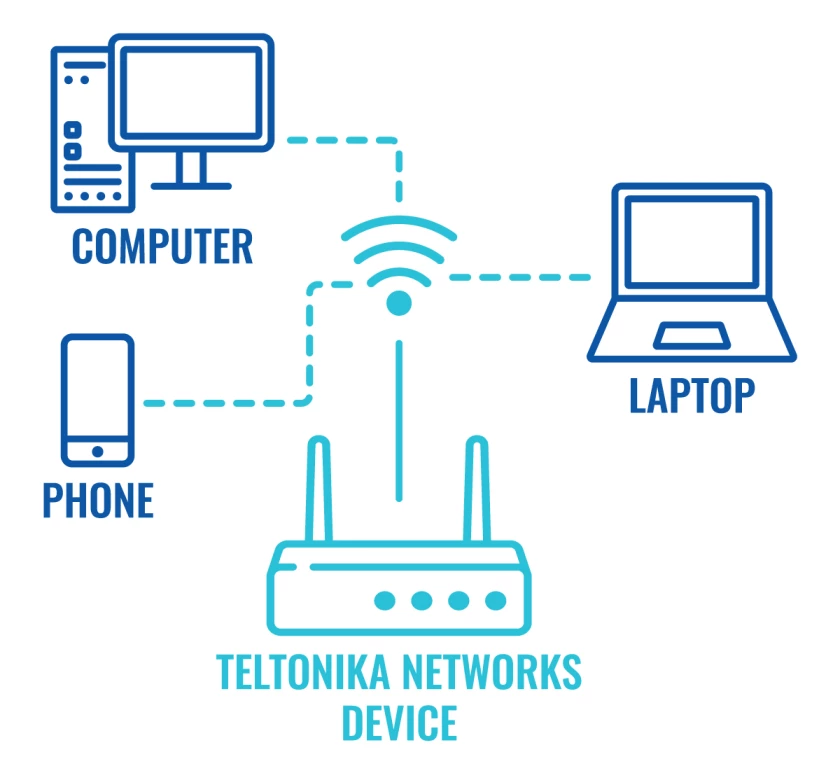
HOTSPOT
RutOS hotspot functionality enables providing network and internet access to wireless devices. You may have used hotspots in the airports, shopping malls, or other establishments, where usually visitors get free wi-fi in exchange for some of their contact or personal information (like email, age, and/or gender). RutOS hotspot has a variety of managing options for monitoring and authenticating wi-fi users. You may configure restrictions for speed, data usage, time of the sessions, or grant access to specific websites only (or otherwise block some of the sites), and set up external login page to collect marketing data.
Teltonika Networks routers have their own hotspot functionality with a wide range of control parameters and a customizable landing page. A company might add their logo, various design elements, and relevant information to a hotspot home page. However, it also easily adapts with a variety of third-party captive portals, like Cloud4Wi, HotspotSystem, MugiCloud, SAI + WiFi and many others so you have the freedom to choose what works best in your particular solution.
I/O JUGGLER
Almost every Teltonika Networks product has Inputs and Outputs (I/O) for convenient monitoring and controlling of connected devices, or receiving signals from that device to trigger certain events. I/O Juggler functionality enables initiating any script into a router. The script defines the scenarios of what is going to happen with each I/O when certain conditions are met and notify the administrator by email or SMS, or activate a device over IP. Using this function allows setting a variety of different rules, and when an exact sequence of actions happens at a precise time, it triggers an output. For example, a thermostat is connected to the input of a device, and if it activates during the working hours, it turns on the ventilation (i.e. the output). But when it activates outside the working hours, the ventilation does not start.
PACKAGE MANAGER
The Package Manager is a service used to install additional software modules that are available for download from the server. It is also possible to install packages while being offline via upload. Essentially, this feature helps to keep essential elements in a router with limited space capacity and keep only the ones that are relevant to your solution. Currently, you may choose from ZeroTier, TR-069, The Cloud of Things, AzureIoThub, Cumulocity, ThingWorx, NTPD, and WireGuard. As you may notice, RutOS is compatible with a variety of cloud solutions, giving you the freedom to choose whatever works best for your business.
Finally, besides the above-described features, RutOS offers real-time graphs displaying various statistical data changes, like load times, traffic, and network connections. Combined with the events log, which is also available in RutOS, you can get a very accurate overview of what is happening with your router at a given time.
